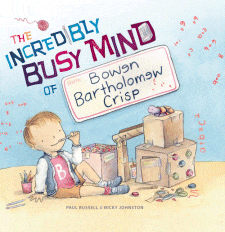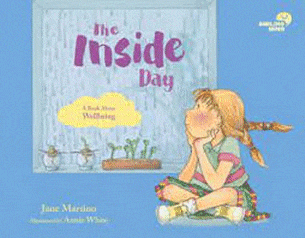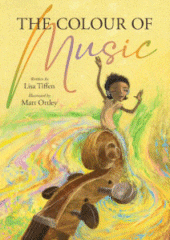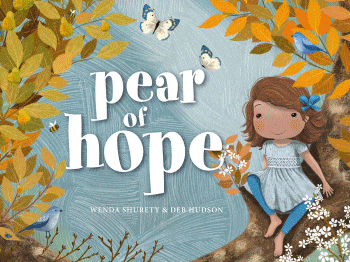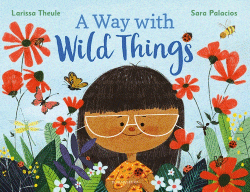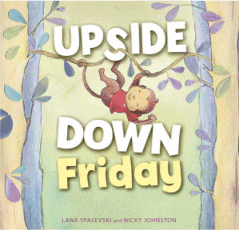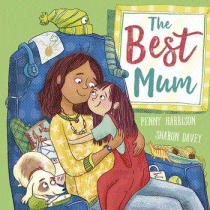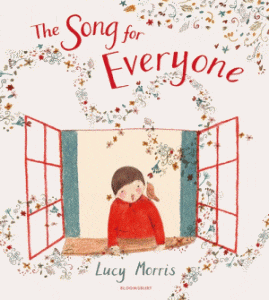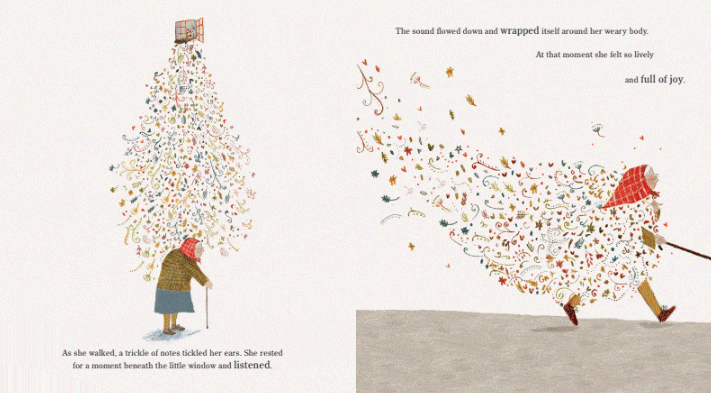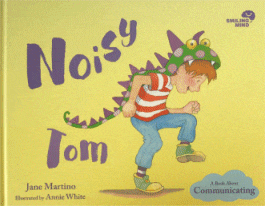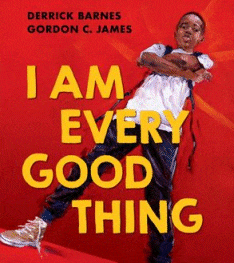
I Am Every Good Thing
I Am Every Good Thing
Derrick Barnes
Gordon C. James
Egmont, 2021
32pp., pbk., RRP $A14.99
9780755502707
I am a non-stop ball of energy.
Powerful and full of light.
I am a go-getter. A difference-maker. A leader.
“Step inside the mind of the confident narrator of this book! He is proud of everything that makes him who he is. He’s got big plans, and will see them through. He’s creative, adventurous, smart, funny. A good friend. A superhero. Sometimes he falls, but he always gets back up. And other times he’s afraid, because he’s often misunderstood. So, slow down, look and listen as he shows you who he really is …”
Oprah Magazine says this book is “one of its essential books for discussing racism with kids” and other quotes from reviews all refer to the main character’s above all else. Yet, when I read it I didn’t even notice his colour, although the illustrations are so lifelike and full of energy, because I saw it through the lens of the performances at the Olympic Games – and not just those by Australians. So often, as I watched (as an alternative to the ad infinitum of COVID 19 and lockdown), the back story of the athlete was shared and so often it was a story of triumph over tragedy, of hard work, perseverance, resilience, overcoming hurdles and obstacles, staring the impossible in the face… and that is what I took from this book.
So many of our students would have seen performances that have inspired them – the silver lining of lockdown being the access to real-time coverage rather than a news snippet – and dreams will have been dreamt, particularly with some of the sports being so accessible, like skateboarding, and the age of the competitors so close to their own.. And within this book is the sort of motivational, inspirational language that will fan the flames of the spark of those dreams.
So while this book may have been intended to help young black children to rise above the racism and be the person they are, and sadly, will resonate on that level with some of our students, it can be used in lots of ways to affirm and reaffirm, to challenge and to change, to build not just dreams but hope and expectation.
There are so many clichés about it being the inner person that counts, and while that is true, we all know it’s not that simple. So help students see their potential by having them identify the highest wall facing them right now, whether that’s understanding a science formula or improving their lap time, and then help them put in place a plan to climb over it. Dreams. beliefs and goals can be the driving force but sometimes we need some strategies to make them happen. Have them add a page to the book that celebrates them.
